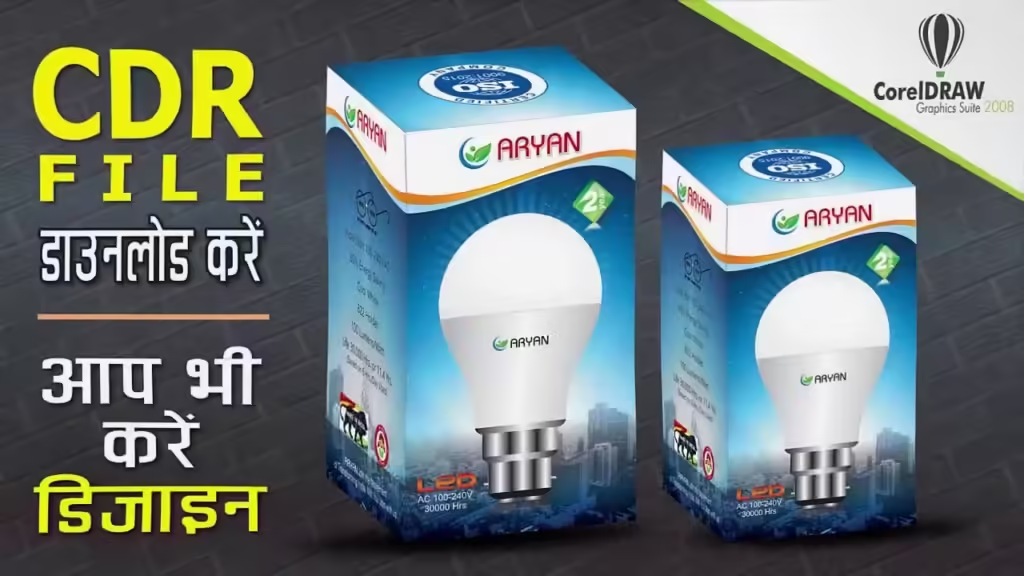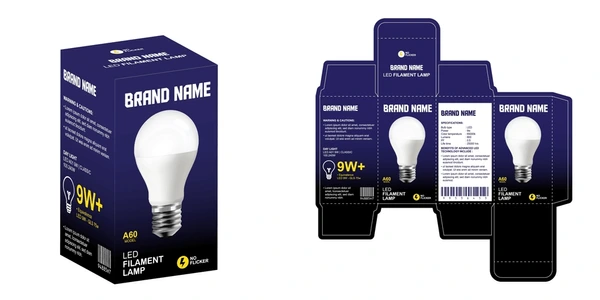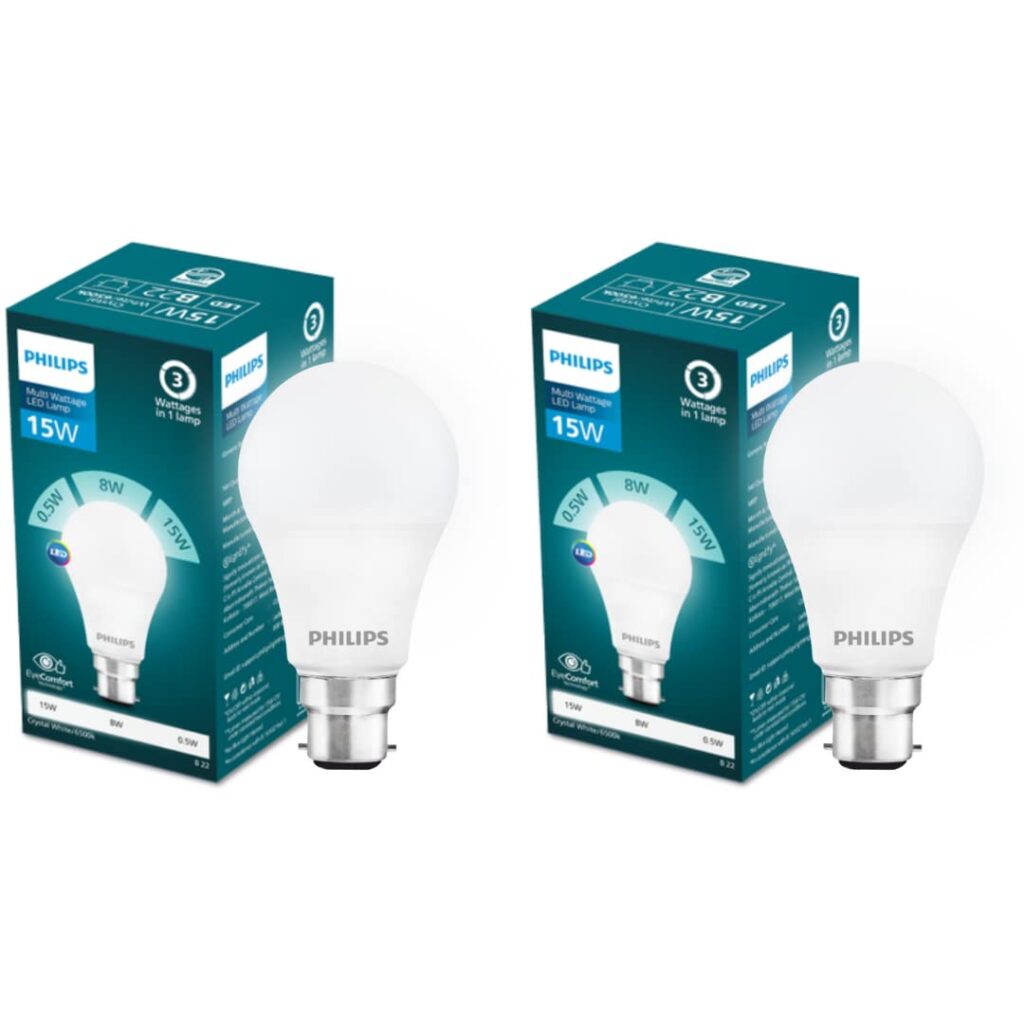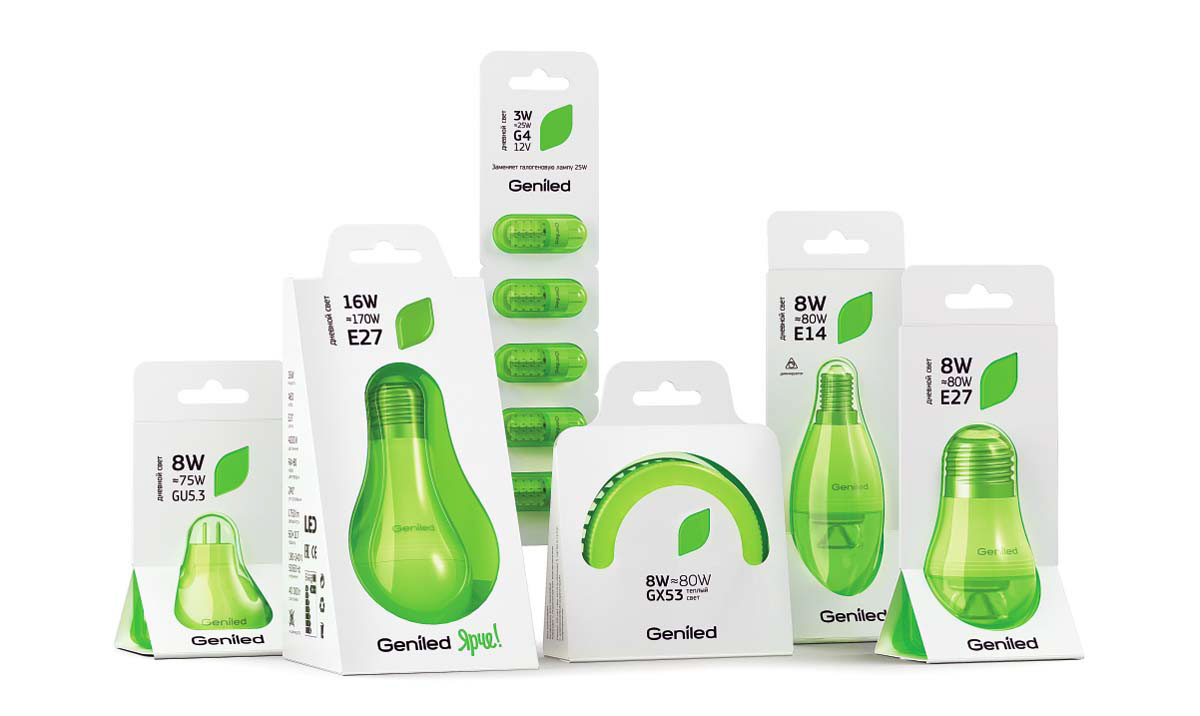Discover how India’s LED bulb box initiative can inspire the U.S. to embrace LED lighting, offering energy efficiency, cost savings, and environmental benefits.
Key Takeaways:
- Understand the importance and benefits of LED bulbs.
- Discover how India’s LED bulb box initiative can be a model for the United States.
- Learn about the environmental and economic impacts of adopting LED bulbs.
- Explore detailed analysis and data on LED bulb usage and its growth potential.
- Gain insights into the future trends and innovations in LED lighting.
Introduction to LED Bulbs
Light Light-emitting diode (LED) bulbs have revolutionized the lighting industry with their energy efficiency, longevity, and superior performance. As we continue to strive for sustainable solutions, understanding the intricacies and benefits of LED technology becomes paramount.
What Are LED Bulbs?
LED bulbs are semiconductor devices that emit light when an electric current passes through them. Unlike traditional incandescent bulbs, LED bulbs do not rely on heating a filament to produce light, making them far more energy-efficient and durable.
Why Choose LED Bulbs?
The primary reasons to switch to LED bulbs include their energy efficiency, long lifespan, and eco-friendly nature. These bulbs consume significantly less power and last much longer than traditional lighting solutions, resulting in lower electricity bills and reduced environmental impact.
Overview of India’s LED Bulb Box Initiative
India’s LED bulb box initiative is a pioneering effort aimed at promoting the widespread adoption of LED lighting across the country. This program has not only transformed India’s lighting landscape but also serves as a potential model for the United States.

What is the LED Bulb Box Initiative?
The LED bulb box initiative, launched by the Indian government, aims to distribute affordable LED bulbs to households. This program is part of the larger Ujala scheme (Unnat Jyoti by Affordable LEDs for All), which focuses on reducing energy consumption and promoting sustainable lighting solutions.
Achievements of the Initiative
Since its inception, the LED bulb box initiative has achieved remarkable success:
- Millions of LED bulbs are distributed across the country.
- Significant reduction in energy consumption and carbon emissions.
- Enhanced public awareness about the benefits of LED lighting.
| Achievement | Statistic |
|---|---|
| LED Bulbs Distributed | Over 360 million |
| Energy Savings | Approximately 47 billion kWh/year |
| CO2 Emission Reduction | Around 38 million tons/year |
Benefits of LED Bulbs
Adopting LED bulbs offers a multitude of benefits that extend beyond just energy savings. Let’s delve into the various advantages that make LED lighting a superior choice.
Energy Efficiency
LED bulbs consume significantly less energy compared to traditional incandescent and fluorescent bulbs. This high energy efficiency translates to lower electricity bills and reduced demand on power plants, ultimately benefiting both consumers and the environment.
Long Lifespan
One of the most notable features of LED bulbs is their long lifespan. An average LED bulb can last up to 25,000 hours or more, which is significantly longer than incandescent bulbs (1,000 hours) and compact fluorescent lamps (CFLs) (8,000 hours).
Environmental Impact
LED lighting is environmentally friendly in several ways:
- Lower energy consumption reduces greenhouse gas emissions.
- LED bulbs contain no hazardous materials like mercury, unlike CFLs.
- Reduced need for frequent replacements minimizes waste.

Economic Benefits
The economic advantages of LED bulbs are manifold:
- Lower electricity bills due to reduced energy consumption.
- Reduced maintenance costs because of the longer lifespan of LED bulbs.
- Potential government incentives and rebates for adopting energy-efficient lighting solutions.
Environmental Impact of LED Bulbs
The shift towards LED lighting has profound implications for the environment. By significantly reducing energy consumption and lowering greenhouse gas emissions, LED bulbs play a crucial role in combating climate change.
Reducing Carbon Footprint
Switching to LED bulbs can lead to a substantial decrease in carbon dioxide (CO2) emissions. Traditional incandescent bulbs are highly inefficient, converting only about 10% of the energy they consume into light, while the rest is lost as heat. In contrast, LED bulbs are far more efficient, reducing the overall energy demand and associated emissions.
| Bulb Type | Energy Efficiency | Average Lifespan |
|---|---|---|
| Incandescent | 10-17 lumens/watt | 1,000 hours |
| Compact Fluorescent (CFL) | 35-60 lumens/watt | 8,000 hours |
| Light Emitting Diode (LED) | 80-100 lumens/watt | 25,000 hours |
Minimizing Hazardous Waste
Unlike CFLs, which contain mercury, LED bulbs do not contain any hazardous substances. This makes LED bulbs safer for both consumers and the environment, as they do not pose a risk of mercury contamination.
Decreasing Landfill Waste
The long lifespan of LED bulbs means fewer bulbs end up in landfills. This waste reduction contributes to a more sustainable environment and reduces the burden on waste management systems.
Economic Advantages of LED Bulbs
The adoption of LED bulbs not only benefits the environment but also brings significant economic advantages to both consumers and businesses.
Lower Operating Costs
One of the primary economic benefits of LED bulbs is their lower operating costs. The high energy efficiency of LED lighting translates to reduced electricity bills, making them a cost-effective choice in the long run.
Reduced Maintenance Expenses
With their long lifespan, LED bulbs require less frequent replacements compared to traditional lighting options. This results in lower maintenance expenses, especially in commercial and industrial settings where lighting systems are extensive.
Government Incentives
Many governments, including those in the United States, offer incentives and rebates for adopting energy-efficient lighting solutions. These incentives can further reduce the overall cost of switching to LED bulbs, making them an even more attractive option.
Comparative Analysis: LED Bulbs vs. Traditional Lighting
To fully appreciate the advantages of LED bulbs, it is essential to compare them with traditional lighting options like incandescent bulbs and CFLs.
Energy Efficiency
LED bulbs are significantly more energy-efficient than incandescent and CFL bulbs. This efficiency is measured in lumens per watt (lm/W), which indicates the amount of light produced per unit of energy consumed.
| Bulb Type | Lumens per Watt (lm/W) |
|---|---|
| Incandescent | 10-17 |
| Compact Fluorescent (CFL) | 35-60 |
| Light Emitting Diode (LED) | 80-100 |
Lifespan
The lifespan of LED bulbs far exceeds that of traditional bulbs. This extended lifespan reduces the frequency of replacements and maintenance costs.
| Bulb Type | Average Lifespan |
|---|---|
| Incandescent | 1,000 hours |
| Compact Fluorescent (CFL) | 8,000 hours |
| Light Emitting Diode (LED) | 25,000 hours |
Environmental Impact
LED bulbs are environmentally superior to both incandescent and CFL bulbs. They consume less energy, produce less heat, and contain no hazardous materials.
Cost Comparison
While LED bulbs have a higher upfront cost compared to traditional bulbs, their long-term savings in energy bills and maintenance costs make them a more economical choice over time.
Implementation Strategies for the United States
The successful implementation of LED lighting initiatives, similar to India’s LED bulb box program, requires a multifaceted approach in the United States.
Public-Private Partnerships
Collaborating with private companies can accelerate the adoption of LED bulbs. Public-private partnerships can facilitate bulk purchasing, distribution, and awareness campaigns to promote the benefits of LED lighting.
Subsidies and Rebates
Providing subsidies and rebates to consumers can incentivize the switch to LED bulbs. These financial incentives can help offset the initial cost of LED bulbs, making them more accessible to a broader audience.
Educational Campaigns
Raising awareness about the benefits of LED bulbs through educational campaigns is crucial. These campaigns can highlight the economic and environmental advantages of LED lighting and encourage more households and businesses to make the switch.
Case Study: India’s Success
India’s LED bulb box initiative is an excellent case study for the United States. By analyzing India’s approach and adapting it to the local context, the United States can develop effective strategies to promote LED lighting.
Government Policies and Incentives
Government policies and incentives play a pivotal role in promoting the adoption of LED bulbs. By implementing supportive measures, governments can accelerate the transition to energy-efficient lighting.
Energy Efficiency Programs
Establishing energy efficiency programs that promote using LED bulbs can drive significant change. These programs can include incentives for residential and commercial consumers, encouraging them to switch to LED lighting.
Tax Credits and Rebates
Offering tax credits and rebates for purchasing and installing LED bulbs can make them more affordable. These financial incentives can help mitigate the higher upfront costs associated with LED lighting.
Regulatory Measures
Implementing regulatory measures that phase out inefficient lighting technologies and promote LED bulbs can drive widespread adoption. Standards and regulations can ensure that new constructions and renovations use energy-efficient lighting solutions.
Consumer Awareness and Education
Consumer awareness and education are critical components of any successful LED lighting initiative. We can drive higher adoption rates by informing consumers about the benefits of LED bulbs and how to use them effectively.
Awareness Campaigns
Launching nationwide awareness campaigns can highlight the advantages of LED lighting. To reach a broad audience, these campaigns can use various media channels, including television, radio, social media, and print.
Workshops and Seminars
Organizing workshops and seminars can provide hands-on information about LED bulbs. These events can cover installation, maintenance, and the long-term benefits of LED lighting.
Collaborations with Retailers
Partnering with retailers to promote LED bulbs can increase their visibility and accessibility. Retailers can offer promotions, discounts, and information sessions to encourage consumers to choose LED lighting.
Challenges and Solutions
Despite the numerous benefits of LED bulbs, some challenges need to be addressed to ensure widespread adoption.
High Initial Cost
The higher upfront cost of LED bulbs compared to traditional bulbs can be a barrier for many consumers. Solutions include providing subsidies, rebates, and financing options to make LED lighting more affordable.
Lack of Awareness
A significant challenge is the lack of awareness about the benefits of LED bulbs. Comprehensive educational campaigns and information dissemination can help overcome this hurdle.
Compatibility Issues
Sometimes, LED bulbs may not be compatible with existing fixtures or dimmers. Providing consumers with clear information and compatible products can address this issue.
Market Penetration
Ensuring that LED bulbs are available in all regions, including rural and underserved areas, is crucial. Distribution networks need to be strengthened to achieve market penetration.
Future Trends in LED Lighting
The future of LED lighting looks promising, with continuous innovations and advancements that will further enhance their efficiency and applications.
Smart Lighting
Smart LED bulbs that can be controlled via smartphones and integrated with home automation systems are becoming increasingly popular. These bulbs offer convenience, energy savings, and enhanced control over lighting environments.

Increased Efficiency
Ongoing research and development are leading to LED bulbs that are even more energy-efficient. New materials and technologies are being explored to push the boundaries of LED lighting efficiency.
Broader Applications
LED lighting is finding applications beyond traditional lighting solutions. From horticulture lighting to human-centric lighting that mimics natural daylight, the possibilities are expanding.
Sustainability Focus
As sustainability becomes a more pressing global concern, the focus on eco-friendly lighting solutions like LED bulbs will continue to grow. Innovations that further reduce environmental impact and enhance recyclability are on the horizon.
Conclusion
Adopting LED bulbs offers significant benefits in terms of energy efficiency, cost savings, and environmental impact. By drawing inspiration from India’s LED bulb box initiative, the United States can develop effective strategies to promote the widespread use of LED lighting. With supportive government policies, public-private partnerships, and comprehensive consumer education, we can pave the way for a brighter, more sustainable future.
“The future is bright with LED lighting, illuminating our sustainability and energy efficiency path.”
References
- Energy Efficiency: U.S. Department of Energy – energy.gov
- LED Lighting Benefits: Environmental Protection Agency – epa.gov
- India’s Ujala Scheme: Energy Efficiency Services Limited – eeslindia.org
By focusing on LED lighting, we are making a smart choice for our homes and businesses and contributing to a sustainable future for generations to come.
Discover and read more with us @ www.sahalpackaging.com
